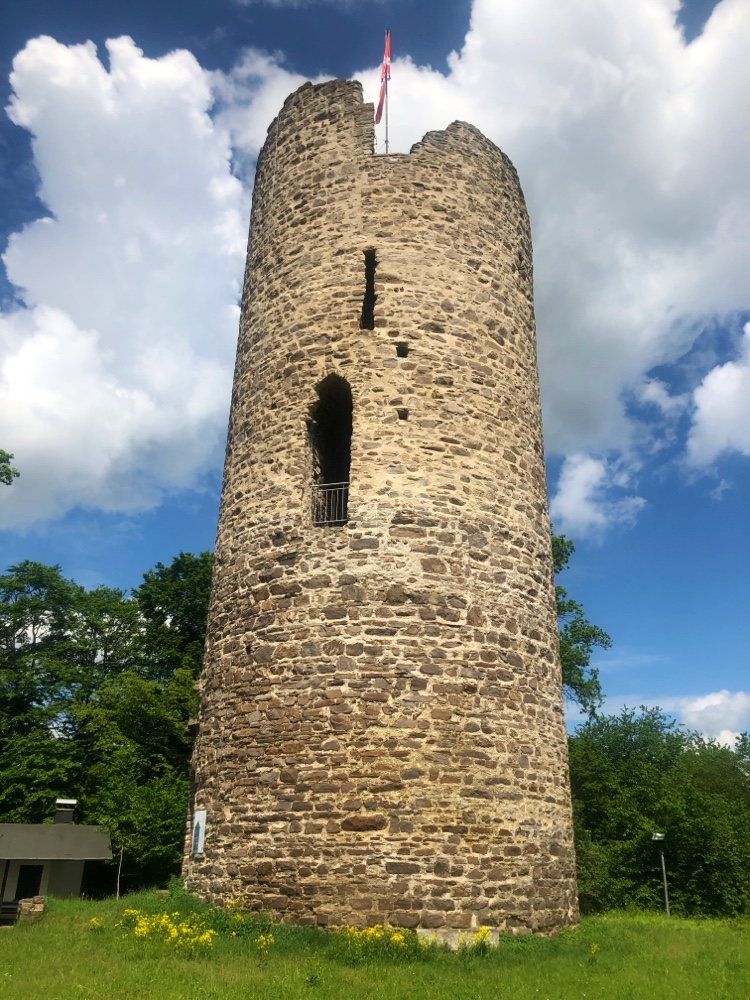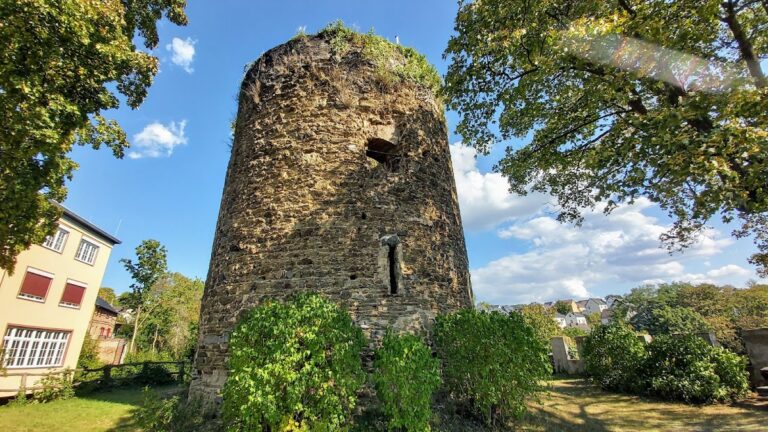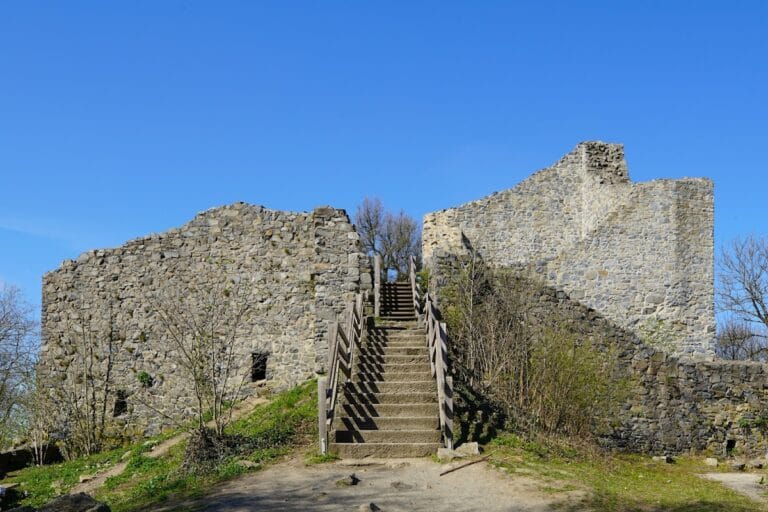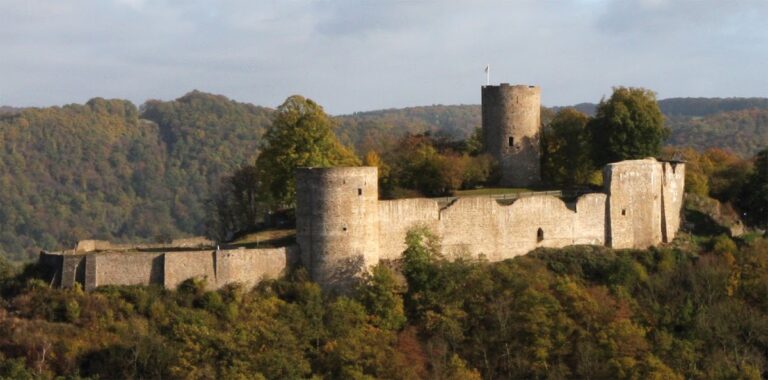Burg Lahr: A Medieval Castle in Germany
Visitor Information
Google Rating: 4.5
Popularity: Very Low
Google Maps: View on Google Maps
Official Website: www.burglahr.de
Country: Germany
Civilization: Unclassified
Remains: Military
History
Burg Lahr is situated above the village of Burglahr in Germany and traces its origins to the medieval period when it was built by the local nobility of the Holy Roman Empire. While the precise date of its construction remains unknown, the castle is first recorded as a fief granted by the Electorate of Cologne to the Counts of Isenburg, a noble family with regional influence, by at least the 14th century. This connection suggests the castle was established earlier, serving as a strategic stronghold in the area.
During the mid-15th century, specifically in 1449, the castle’s ownership shifted when the Archbishop of Cologne pledged it to Count Heinrich of Nassau. This marked one of several changes in control over the following centuries, reflecting the complex political and feudal arrangements typical of the region. Over time, Burg Lahr declined in military and strategic importance. By the 18th century, the castle had fallen into ruin and was eventually used as a source of building materials, a common fate for many disused fortifications.
Restoration and conservation efforts did not begin until the 20th century, when attention turned to preserving what remained of the site. These initiatives aimed to stabilize the surviving structures and protect the ruins from further deterioration, ensuring that the castle’s historical legacy would endure beyond its centuries of abandonment.
Remains
Burg Lahr stands on a wooded inselberg, a natural hill rising about 40 meters above the nearby Wied River valley. The castle’s layout reflects its hilltop design, with defensive earthworks and walls adapted to the terrain. Central to the remaining structures is a tall, round bergfried, a type of fortified main tower common in medieval German castles. This tower reaches nearly 25 meters in height and underwent complete restoration in 2014 and 2015, securing its profile as the dominant feature of the ruin.
Scattered around the site are fragments of walls and the foundations of former buildings, marking where the castle’s living quarters and defensive structures once stood. Alongside these remains, traces of ditches, which likely served as moats or part of the defensive system, remain visible. These earthworks emphasize the castle’s original role in guarding the surrounding area. Though the castle itself is not actively maintained as a public historical site, contemporary additions include a wooden hut within the ruins, designed as an event space and reflecting a modern reuse of the area within the footprint of the ancient fortification.










